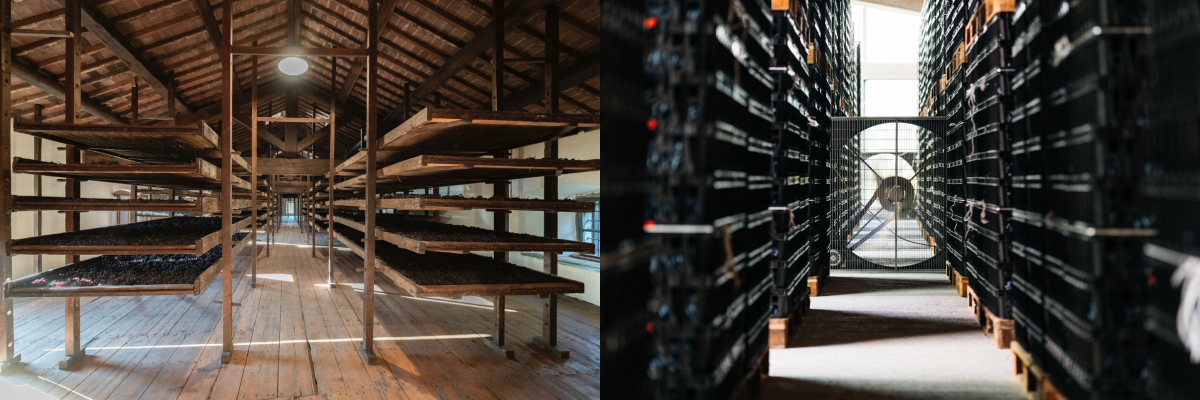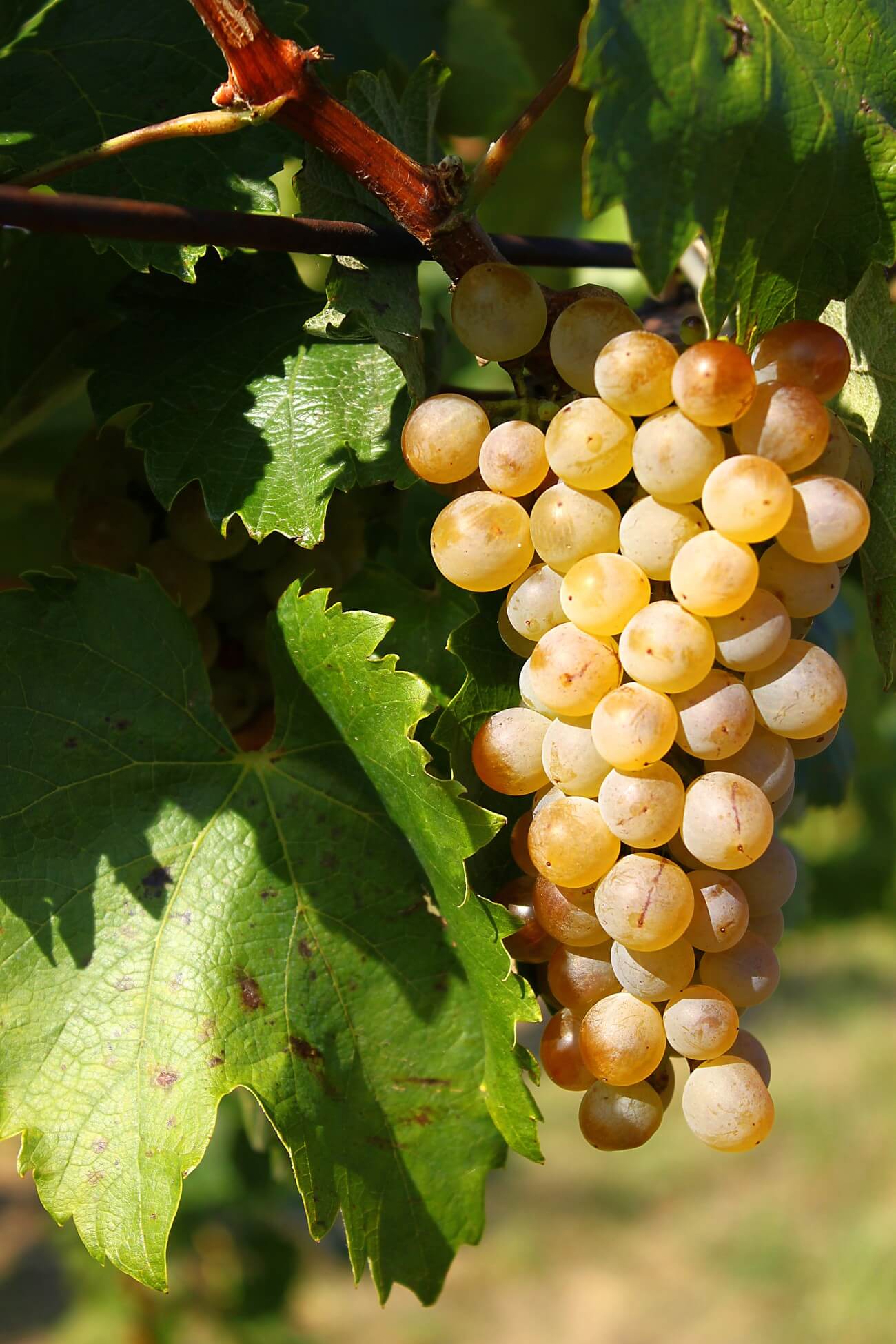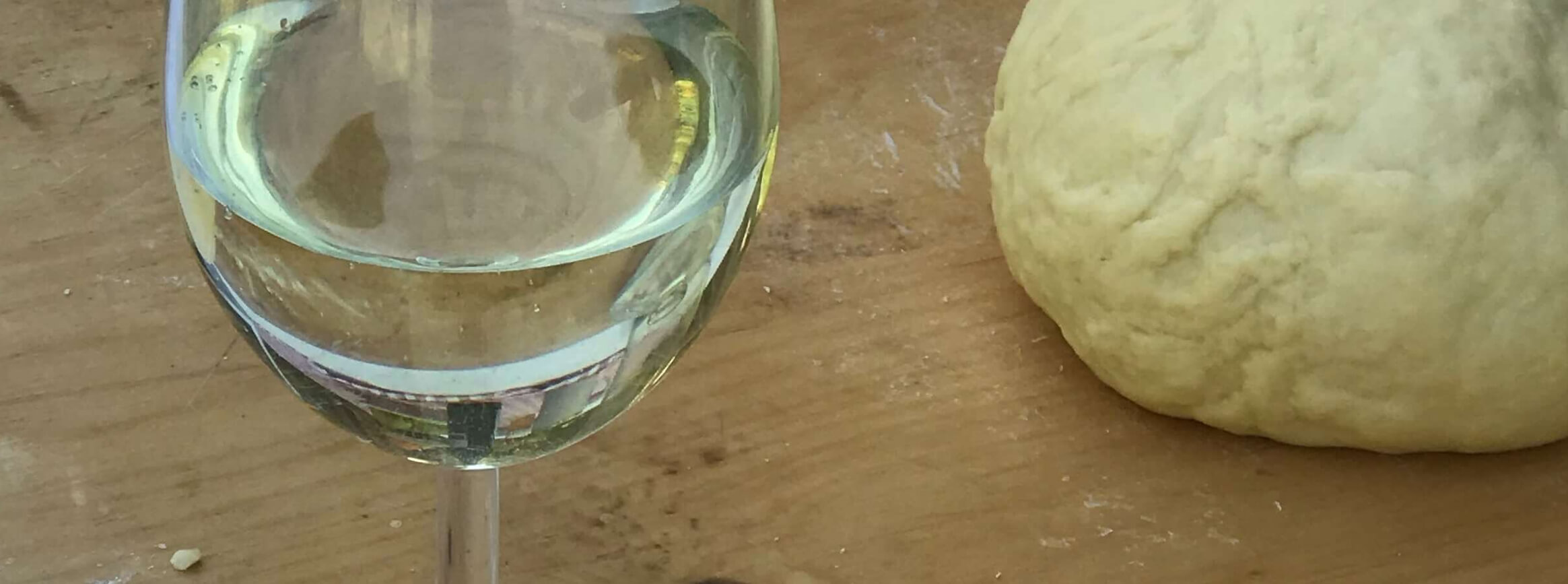Before going into the two methods let’s determine the difference between Amarone and Amarone Riserva.
Amarone Classico: the requirements are 2 years before potentially released.
Amarone Riserva: required to age 4 years before release.
Many producers age their wines longer, simply because they don’t want to release the wines until deemed ready.
Rule of thumb is that Amarone wines should age for 10-15 years, or even longer, to develop the flavours you are expecting.
So, the longer the wines have aged before released of consumed the better. Now, the methodology applied to make the wine is important when selecting your Amarone.
The Apassimento / Traditional Method. According to the regulations DOCG wines should be based on wines which are dried / rasinate until they lose minimum 40% of the water. They are either on dryed on racks or mats. Raisinated grapes are then pressed and fermented at low temperatures – slow fermentation. The lower temperatures means longer fermentation. It can take up to 50 days for the fermentation to complete.
About 6 months after harvest the ageing begins in oak barrels – oak or chesnut.
Most common grapes used are Corvina, Rondinella and Corvinone.
You can store this wine for 20 years waiting for it to reach potential, or decant for a couple of hours and enjoy it now.
Modern Method. It’s about using technology to dry the grapes faster, using temperature and humidity controlled rooms. Ageing is also in new barrels, which adds flavours of molasses, vanilla and chocolate. Due to the lack of acidity in these wines they do not age as well as wines based on the Apassimento Method, yet they are great when bottled.
On theCoWine platform we have 2 great traditional winemakers using the Apassimento Method for their Amarone wines;
Tenuta Santa Maria alla Pieve, the Godfather of Amarone wine.
Bonazzi Badin Winery, Classic Valpolicella, Ripasso and Amarone
Both wineries offer Amarone Riserva DOCG











 Purchase case
Purchase case







